Home>Furniture & Design>Bathroom Accessories>What Should Be In A Dog First Aid Kit?
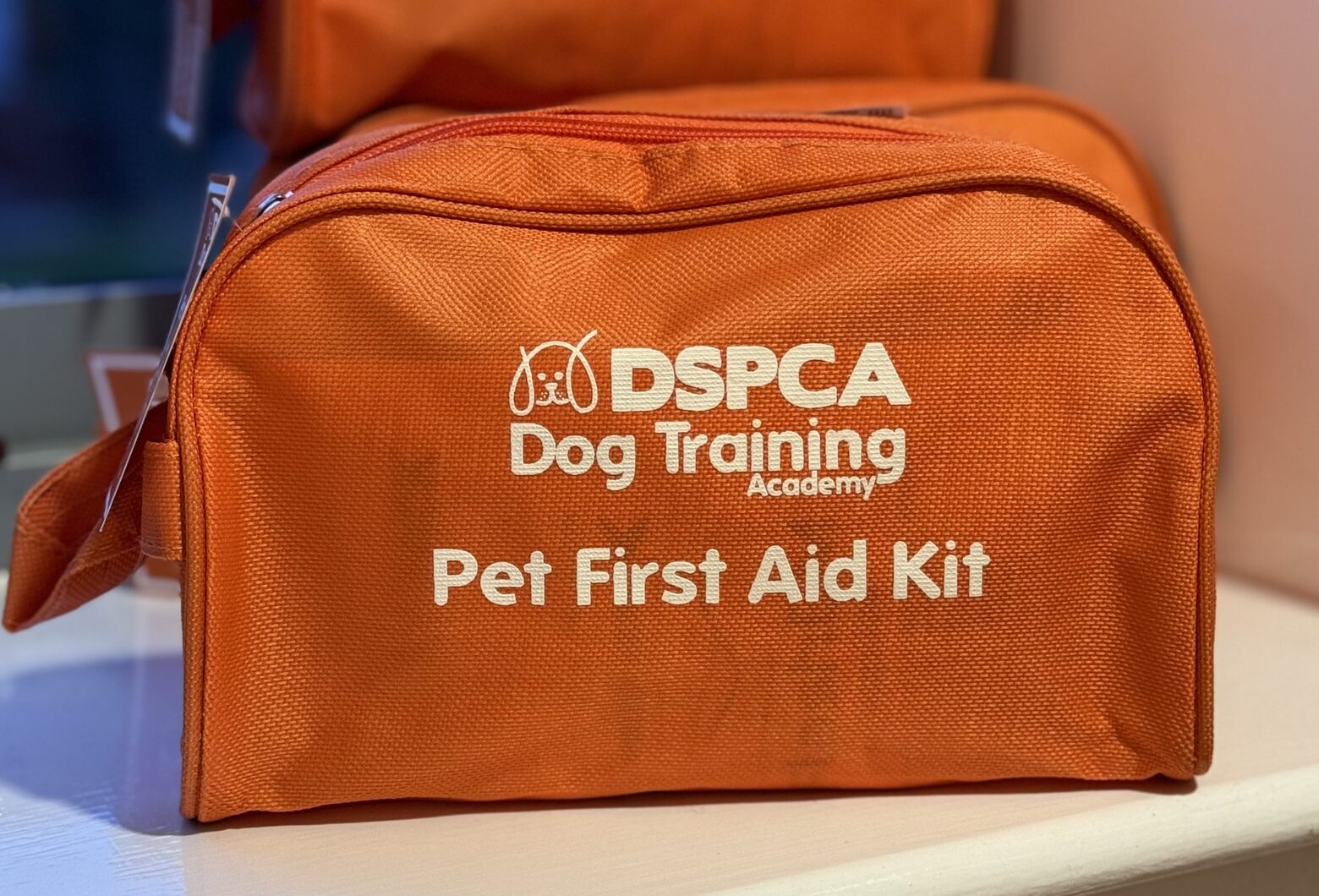

Bathroom Accessories
What Should Be In A Dog First Aid Kit?
Modified: August 17, 2024
Ensure your dog's safety with a well-stocked first aid kit. Find out what bathroom accessories to include for emergencies. Keep your furry friend protected!
(Many of the links in this article redirect to a specific reviewed product. Your purchase of these products through affiliate links helps to generate commission for Storables.com, at no extra cost. Learn more)
Bandages and Dressings
Bandages and dressings are essential components of a well-prepared dog first aid kit. In the event of an injury, these items play a crucial role in protecting wounds, controlling bleeding, and promoting healing. Here's a closer look at the specific bandages and dressings that should be included in a comprehensive dog first aid kit:
-
Sterile Gauze Pads: These are versatile and highly absorbent, making them ideal for cleaning and covering wounds. They can be used to apply pressure to control bleeding and to protect the wound from contamination.
-
Self-Adhering Bandage: Also known as cohesive bandage or vet wrap, this type of bandage adheres to itself without sticking to the dog's fur. It provides support for sprains and strains, secures dressings in place, and can be used to create a pressure bandage.
-
Non-Adhesive Dressings: These are useful for covering wounds that require protection without sticking to the injury. They are particularly beneficial for delicate areas or wounds that are prone to sticking to traditional bandage materials.
-
Adhesive Tape: A hypoallergenic adhesive tape is essential for securing dressings and bandages in place. It should be gentle on the dog's skin while providing reliable adhesion.
-
Sterile Eye Dressing: Injuries to the eye require special care, and sterile eye dressings are designed to provide protection and support for eye injuries.
Including a variety of bandages and dressings in your dog first aid kit ensures that you are prepared to address a wide range of injuries and wounds. By having these items readily available, you can provide prompt and effective care for your furry companion in the event of an emergency.
Key Takeaways:
- Be prepared for dog emergencies with a first aid kit containing bandages, antiseptic wipes, tweezers, and more. Prompt care can make a difference in your furry friend’s well-being during unexpected situations.
- Include emergency contact information in your dog first aid kit to ensure quick access to veterinary care, animal control, and trusted caregivers. Being prepared can help you provide immediate support for your canine companion in times of need.
Read more: What Should Be In A Kitchen First Aid Kit
Antiseptic Wipes and Solution
Antiseptic wipes and solution are indispensable components of a well-equipped dog first aid kit. In the event of an injury, these items play a crucial role in preventing infection and promoting the healing process. Here's a closer look at the specific antiseptic wipes and solution that should be included in a comprehensive dog first aid kit:
-
Antiseptic Wipes: These pre-moistened wipes are designed to clean and disinfect minor wounds, cuts, and scrapes. They are convenient for on-the-go use and provide a quick and effective way to sanitize the affected area. Antiseptic wipes are gentle on the skin and can help prevent the proliferation of harmful bacteria, reducing the risk of infection.
-
Antiseptic Solution: A liquid antiseptic solution, such as povidone-iodine or chlorhexidine, is essential for thorough wound cleansing. It can be diluted with water to create a gentle yet effective cleaning solution for various types of injuries. Antiseptic solutions are particularly valuable for flushing and irrigating wounds, ensuring that contaminants are thoroughly removed to support the healing process.
Including a combination of antiseptic wipes and solution in your dog first aid kit ensures that you are well-prepared to address a wide range of injuries and wounds. These items are vital for maintaining proper wound hygiene and reducing the risk of complications. By having antiseptic wipes and solution readily available, you can provide prompt and effective care for your furry companion in the event of an emergency.
In summary, antiseptic wipes and solution are essential for preventing infection and promoting healing in the event of minor injuries. By incorporating these items into your dog first aid kit, you can enhance your ability to provide immediate and effective care for your canine companion, safeguarding their well-being in times of need.
Tweezers and Scissors
Tweezers and scissors are indispensable tools that should be included in a well-prepared dog first aid kit. These instruments play a crucial role in addressing various medical situations and ensuring that prompt and effective care can be provided to a canine companion in times of need.
Tweezers
Tweezers are essential for handling a wide range of tasks related to canine first aid. They are particularly valuable for removing foreign objects such as splinters, thorns, or debris from a dog's skin or paw pads. In the event of an injury, prompt removal of foreign objects is vital to prevent infection and alleviate discomfort for the dog. Additionally, tweezers can be used to pluck out ticks, which are common parasites that can transmit diseases to dogs. The fine-tipped precision of tweezers enables pet owners to grasp and extract small objects with accuracy, minimizing the risk of further injury or irritation to the affected area.
Scissors
In a dog first aid kit, a pair of blunt-ended scissors is essential for safely trimming fur around a wound or injury. This is particularly important for assessing and treating injuries that are obscured by fur, as it allows for better visibility and access to the affected area. Trimming the fur also facilitates the application of bandages and dressings, ensuring that they adhere securely and do not cause additional discomfort to the dog. Moreover, scissors can be used to cut bandages, dressings, and adhesive tape to the required size, enabling pet owners to customize the dressing according to the specific needs of the injury. The blunt-ended design of the scissors minimizes the risk of accidental cuts or punctures, making them safe and practical for use in a first aid context.
By including tweezers and scissors in a dog first aid kit, pet owners can enhance their ability to address a variety of medical situations promptly and effectively. These tools enable pet owners to provide immediate care and alleviate discomfort for their canine companions, promoting the well-being of their beloved pets in times of need.
In summary, tweezers and scissors are essential components of a comprehensive dog first aid kit, providing pet owners with the means to address various medical situations and ensure the prompt and effective care of their canine companions. These versatile tools empower pet owners to respond to injuries and emergencies with confidence, safeguarding the health and well-being of their furry friends.
Read more: What Should Be In A School First Aid Kit
Thermometer
A reliable thermometer is a crucial component of a well-prepared dog first aid kit. It serves as a vital tool for monitoring the health and well-being of canine companions, enabling pet owners to assess their pets' body temperature and identify potential signs of illness or distress.
When selecting a thermometer for inclusion in a dog first aid kit, it is essential to choose a model that is specifically designed for veterinary use. Digital thermometers are commonly recommended for measuring a dog's temperature, as they are easy to use, accurate, and provide quick results. Additionally, it is advisable to opt for a flexible or soft-tipped thermometer, as these designs are more comfortable for dogs and reduce the risk of injury during temperature measurement.
The normal body temperature for a dog typically ranges between 100.5°F and 102.5°F (38.0°C to 39.2°C). Monitoring a dog's temperature can provide valuable insights into their health status, as changes in body temperature may indicate underlying medical conditions or the presence of an infection. In the event of an injury or illness, measuring a dog's temperature can help pet owners assess the severity of the situation and determine the appropriate course of action.
To measure a dog's temperature, it is important to use a pet-safe lubricant, such as petroleum jelly, to ensure a smooth and gentle insertion of the thermometer. The thermometer should be inserted into the dog's rectum for an accurate reading, and it is recommended to hold the thermometer in place for approximately one to two minutes to obtain a reliable measurement.
In addition to monitoring a dog's temperature during illness or injury, a thermometer can also be used to assess a dog's temperature in hot weather, helping pet owners identify signs of heatstroke or overheating. By regularly monitoring their dog's temperature, pet owners can proactively safeguard their pet's well-being and take prompt action in the event of any abnormalities.
By including a thermometer in a dog first aid kit, pet owners can effectively monitor their canine companions' health and respond promptly to any signs of distress or illness. This proactive approach to temperature monitoring empowers pet owners to provide the best possible care for their beloved pets, ensuring their safety and well-being in various situations.
In summary, a thermometer is an indispensable tool for monitoring a dog's temperature and assessing their health status. By incorporating a veterinary thermometer into a dog first aid kit, pet owners can enhance their ability to provide immediate and effective care for their furry companions, promoting their overall well-being and ensuring their safety in times of need.
Gauze Pads
Gauze pads are a fundamental component of a well-prepared dog first aid kit, serving as versatile and absorbent dressings that play a crucial role in addressing various types of injuries and wounds. These soft, non-woven pads are designed to provide a gentle and protective layer over wounds, promoting healing and preventing contamination. Their exceptional absorbency enables them to effectively manage bleeding and exudate, making them indispensable for canine first aid.
When selecting gauze pads for inclusion in a dog first aid kit, it is essential to opt for sterile, non-adherent varieties to ensure optimal wound care. Sterility is paramount in preventing the introduction of harmful bacteria to the wound, minimizing the risk of infection and supporting the healing process. Non-adherent gauze pads are designed to gently cover the wound without sticking to the injured area, reducing discomfort and trauma during dressing changes.
The versatility of gauze pads makes them suitable for a wide range of injuries, including cuts, abrasions, and lacerations. They can be used to apply pressure to control bleeding, absorb excess fluid from the wound, and provide a protective barrier against external contaminants. Additionally, gauze pads can be layered to create a thicker dressing for larger wounds, offering enhanced absorbency and cushioning.
In the event of a paw injury, gauze pads can be utilized to protect the paw pad and provide cushioning, facilitating the healing process and preventing further trauma. Their soft and pliable nature ensures that they conform comfortably to the contours of the injury, promoting optimal wound coverage and protection.
Moreover, gauze pads can be saturated with antiseptic solutions to create a moist environment that supports wound healing. This moist wound healing approach can enhance the body's natural healing processes, promoting tissue repair and minimizing scab formation, which can impede healing.
By including a variety of gauze pads in a dog first aid kit, pet owners can ensure that they are well-prepared to address a wide range of injuries and provide prompt and effective care for their canine companions. Whether it's a minor cut or a more significant wound, gauze pads are invaluable for managing injuries and promoting the well-being of beloved pets.
In summary, gauze pads are essential for wound management in canine first aid, offering versatility, absorbency, and protective properties. By incorporating sterile, non-adherent gauze pads into a dog first aid kit, pet owners can enhance their ability to provide immediate and effective care for their furry companions, safeguarding their health and well-being in times of need.
Adhesive Tape
Adhesive tape is a critical component of a well-prepared dog first aid kit, serving as a versatile and essential tool for securing dressings, bandages, and other medical materials in place. When it comes to addressing canine injuries and wounds, the proper application of adhesive tape is paramount in ensuring effective wound care and promoting the healing process.
In a dog first aid kit, it is advisable to include hypoallergenic adhesive tape specifically designed for veterinary use. This type of tape is gentle on a dog's skin, minimizing the risk of irritation or allergic reactions. The hypoallergenic properties make it suitable for dogs with sensitive skin, ensuring that the tape can be applied without causing discomfort or adverse reactions.
The adhesive tape should possess strong adhesion to ensure that dressings and bandages remain securely in place, providing reliable support for the injured area. This is particularly important in preventing the displacement of dressings and minimizing the risk of contamination or further injury. Additionally, the tape should be easy to tear by hand, facilitating quick and convenient application without the need for scissors or additional tools.
When applying adhesive tape to a dog's skin, it is essential to do so with care and precision. The tape should be firmly but gently secured to ensure that it remains in place without causing undue pressure or constriction. It is crucial to avoid wrapping the tape too tightly, as this can impede circulation and lead to complications. Proper application of adhesive tape involves achieving a secure and snug fit that provides support without compromising the dog's comfort or mobility.
In addition to securing dressings and bandages, adhesive tape can be utilized to create a pressure bandage for controlling bleeding or providing support for sprains and strains. Its versatility allows for various wrapping techniques to be employed, tailoring the application to the specific needs of the injury. By incorporating adhesive tape into the first aid kit, pet owners can effectively address a wide range of medical situations and provide immediate care for their canine companions.
In summary, adhesive tape is an indispensable tool for securing dressings, bandages, and creating pressure bandages in canine first aid. By including hypoallergenic adhesive tape in a dog first aid kit, pet owners can enhance their ability to provide prompt and effective care for their furry companions, ensuring their safety and well-being in times of need.
Hydrogen Peroxide
Hydrogen peroxide is a valuable addition to a well-equipped dog first aid kit, offering a multifaceted approach to wound care and disinfection. This versatile solution serves as an antiseptic agent, effectively cleansing and disinfecting minor wounds, cuts, and abrasions. When used appropriately, hydrogen peroxide can play a crucial role in promoting the healing process and preventing infection in canine injuries.
It is important to note that while hydrogen peroxide is commonly recommended for wound cleansing, its usage requires careful consideration and adherence to specific guidelines. When applied to a wound, hydrogen peroxide releases oxygen, which helps to remove debris and foreign material from the injured area. This effervescent action aids in the mechanical cleansing of the wound, facilitating the removal of contaminants and promoting a clean environment for healing.
In addition to its cleansing properties, hydrogen peroxide possesses mild antiseptic qualities, effectively targeting and neutralizing a broad spectrum of microorganisms. By reducing the microbial load in the wound, hydrogen peroxide helps to minimize the risk of infection and supports the body's natural healing processes. This is particularly beneficial in the initial management of minor wounds, where thorough cleansing and disinfection are essential for preventing complications.
When using hydrogen peroxide for wound care in dogs, it is crucial to dilute the solution to an appropriate concentration. A commonly recommended dilution ratio is a 3% hydrogen peroxide solution, which provides effective antiseptic properties while minimizing the risk of tissue irritation. It is important to avoid using higher concentrations of hydrogen peroxide, as they can be harsh on the skin and may impede the healing process.
Furthermore, it is essential to exercise caution when applying hydrogen peroxide to a dog's wound, as excessive or prolonged use can potentially damage healthy tissues and impede the healing process. While hydrogen peroxide is valuable for initial wound cleansing, it should not be used as a long-term treatment or applied to deep or puncture wounds, as these types of injuries require professional veterinary care.
In summary, hydrogen peroxide is a valuable asset in a dog first aid kit, offering effective wound cleansing and antiseptic properties. When used judiciously and in accordance with veterinary guidance, hydrogen peroxide can contribute to the prompt and effective management of minor wounds, supporting the well-being of canine companions in times of need.
Always include items such as gauze, adhesive tape, antiseptic wipes, and a pet first aid book in your dog first aid kit. These items can help you provide immediate care for your dog in case of an emergency.
Read more: What Should Be In A Horse First Aid Kit
Antibiotic Ointment
Antibiotic ointment is a vital component of a well-prepared dog first aid kit, offering valuable support in the management of minor wounds and injuries. This specialized ointment contains active ingredients that possess antimicrobial properties, effectively targeting and inhibiting the growth of bacteria on the skin's surface. When applied to a dog's wound, antibiotic ointment serves multiple essential functions, contributing to the promotion of healing and the prevention of infection.
The primary role of antibiotic ointment is to create a protective barrier over the injured area, safeguarding it from external contaminants and minimizing the risk of bacterial proliferation. By forming a barrier, the ointment helps to create an optimal environment for wound healing, reducing the likelihood of infection and supporting the body's natural healing processes. This protective layer also serves to keep the wound moist, which is conducive to the formation of new tissue and the overall healing process.
In addition to its protective properties, antibiotic ointment provides a soothing and emollient effect on the skin, alleviating discomfort and promoting a favorable healing environment. The ointment's moisturizing properties help to prevent the wound from drying out, reducing the risk of scab formation and promoting the formation of healthy new tissue. This is particularly beneficial in the initial stages of wound management, where maintaining an optimal healing environment is crucial for the successful resolution of the injury.
Furthermore, the antimicrobial action of antibiotic ointment helps to reduce the microbial load in the wound, minimizing the risk of infection and supporting the body's immune response. By targeting and inhibiting the growth of bacteria, the ointment contributes to the overall cleanliness and integrity of the wound, facilitating the body's natural healing processes and reducing the likelihood of complications.
When selecting antibiotic ointment for inclusion in a dog first aid kit, it is essential to choose a veterinary-approved formulation specifically designed for canine use. This ensures that the ointment is safe, effective, and well-suited for addressing minor wounds and injuries in dogs. Additionally, it is important to follow veterinary guidance regarding the appropriate application of antibiotic ointment, including the frequency of application and the duration of use.
In summary, antibiotic ointment is a valuable asset in a dog first aid kit, providing essential support for wound management and promoting the well-being of canine companions. By incorporating veterinary-approved antibiotic ointment into the first aid kit, pet owners can enhance their ability to provide immediate and effective care for their furry friends, ensuring their safety and comfort in times of need.
Styptic Powder
Styptic powder is a crucial inclusion in a well-prepared dog first aid kit, offering invaluable support in the management of minor injuries and accidents. This specialized powder is formulated to effectively control and stop bleeding, particularly in the context of nail trimming accidents or minor cuts and nicks. Its hemostatic properties enable it to promote rapid clotting, providing immediate relief and minimizing the risk of excessive bleeding.
When applied to a bleeding nail or wound, styptic powder initiates a clotting process, effectively sealing the injured blood vessels and halting the flow of blood. This rapid hemostatic action is instrumental in preventing further blood loss and alleviating discomfort for the affected dog. The ability of styptic powder to swiftly address bleeding incidents is particularly valuable in situations where nail trimming or grooming procedures inadvertently result in bleeding, allowing pet owners to promptly manage the situation and provide relief for their canine companions.
Styptic powder is typically composed of a hemostatic agent, such as ferric subsulfate or aluminum sulfate, along with inert drying agents to facilitate its application. The powder form allows for easy and precise application to the affected area, ensuring targeted and effective clotting. Its quick-acting nature makes it an essential tool for addressing minor bleeding incidents, providing pet owners with the means to respond promptly and effectively to unexpected injuries.
In addition to its hemostatic properties, styptic powder possesses mild antiseptic qualities, helping to sanitize the affected area and reduce the risk of infection. This dual functionality enhances its utility in canine first aid, contributing to the overall cleanliness and well-being of the injured site. By promoting clotting and providing antiseptic benefits, styptic powder supports the body's natural healing processes, facilitating the resolution of minor injuries and promoting the comfort of canine companions.
When selecting styptic powder for inclusion in a dog first aid kit, it is essential to choose a veterinary-approved formulation specifically designed for canine use. This ensures that the powder is safe, effective, and well-suited for addressing bleeding incidents in dogs. Additionally, pet owners should familiarize themselves with the proper application of styptic powder, including the technique for applying the powder to the bleeding site and the recommended follow-up care.
In summary, styptic powder is an indispensable tool for managing minor bleeding incidents in dogs, providing rapid hemostatic action and antiseptic benefits. By incorporating veterinary-approved styptic powder into a dog first aid kit, pet owners can enhance their ability to provide immediate and effective care for their furry companions, ensuring their safety and well-being in times of need.
Disposable Gloves
Disposable gloves are an essential component of a well-prepared dog first aid kit, offering pet owners a crucial layer of protection when attending to their canine companions' medical needs. These gloves serve as a barrier between the pet owner's hands and the dog's bodily fluids, wound exudates, or potentially infectious materials, minimizing the risk of cross-contamination and promoting a hygienic approach to first aid.
When selecting disposable gloves for inclusion in a dog first aid kit, it is important to opt for high-quality, veterinary-grade gloves that are specifically designed for medical and veterinary use. Nitrile gloves are often recommended for their durability, resistance to punctures, and hypoallergenic properties, making them suitable for individuals with latex sensitivities. Additionally, nitrile gloves offer excellent tactile sensitivity, allowing pet owners to handle medical materials and provide care with precision and dexterity.
The use of disposable gloves is particularly important when addressing wounds, administering medications, or providing general first aid to dogs. By wearing gloves, pet owners can minimize direct contact with bodily fluids and wound exudates, reducing the risk of exposure to potentially harmful pathogens. This not only protects the pet owner's health but also contributes to the overall cleanliness and hygiene of the wound care process.
In the event of an injury or medical emergency involving a dog, disposable gloves enable pet owners to provide immediate care without hesitation, knowing that they are safeguarding their own well-being while attending to their pet's needs. Whether it's cleaning a wound, applying medication, or addressing minor injuries, the use of gloves ensures a hygienic and safe approach to canine first aid.
Furthermore, disposable gloves are instrumental in preventing the transmission of infectious agents between pets in multi-pet households. When attending to one dog's medical needs, gloves help prevent the spread of potential contaminants to other pets, supporting a proactive approach to maintaining the health and well-being of all household animals.
By including disposable gloves in a dog first aid kit, pet owners demonstrate their commitment to providing thorough and hygienic care for their canine companions. These gloves serve as a practical and essential tool for promoting a safe and effective approach to first aid, empowering pet owners to address medical situations with confidence and diligence.
In summary, disposable gloves are a vital asset in a dog first aid kit, offering pet owners a practical means of protecting themselves and their pets during medical care. By incorporating high-quality disposable gloves into the first aid kit, pet owners can enhance their ability to provide immediate and hygienic care for their furry companions, ensuring their safety and well-being in times of need.
Emergency Contact Information
In a comprehensive dog first aid kit, the inclusion of emergency contact information is paramount for ensuring the well-being of canine companions in times of need. This vital component serves as a lifeline, providing pet owners with immediate access to essential contacts and resources that can facilitate prompt and effective assistance for their beloved pets.
When assembling emergency contact information for a dog first aid kit, it is essential to include the contact details of the nearest veterinary clinic or emergency animal hospital. This ensures that pet owners have quick access to professional veterinary care in the event of a medical emergency or injury. Additionally, including the contact information of a trusted and reliable veterinarian allows pet owners to seek guidance and advice on managing various health concerns or unexpected situations involving their dogs.
In addition to veterinary contacts, it is advisable to include the contact information of local animal control agencies or animal welfare organizations. These resources can be invaluable in situations involving lost or injured animals, providing pet owners with access to assistance in locating missing pets or addressing animal-related emergencies.
Furthermore, including the contact details of a trusted pet sitter, dog walker, or pet care service can be beneficial, especially for pet owners who may be away from home when a medical situation arises. This ensures that designated caregivers are informed and prepared to provide care for the dog in the owner's absence, maintaining continuity of care and support for the pet's well-being.
In the event of a natural disaster or evacuation scenario, having the contact information of pet-friendly shelters, rescue organizations, or animal disaster response teams is crucial. This enables pet owners to access resources and support for safely evacuating and caring for their dogs during challenging circumstances.
Moreover, it is important to include the contact information of trusted friends, family members, or neighbors who are familiar with the pet and can provide assistance or support during an emergency. These individuals can serve as valuable allies in coordinating care, transportation, or temporary accommodation for the dog if the need arises.
By including comprehensive and up-to-date emergency contact information in a dog first aid kit, pet owners demonstrate their commitment to prioritizing the safety and well-being of their canine companions. This proactive approach equips pet owners with the resources and support necessary to respond effectively to unexpected medical situations, ensuring that their pets receive the care and assistance they need in times of distress.
In summary, emergency contact information is a critical component of a dog first aid kit, providing pet owners with essential resources and support for addressing medical emergencies and unexpected situations involving their beloved pets. By incorporating comprehensive and up-to-date contact details, pet owners can enhance their ability to provide immediate and effective care for their furry companions, safeguarding their well-being and ensuring their safety in times of need.
Frequently Asked Questions about What Should Be In A Dog First Aid Kit?
Was this page helpful?
At Storables.com, we guarantee accurate and reliable information. Our content, validated by Expert Board Contributors, is crafted following stringent Editorial Policies. We're committed to providing you with well-researched, expert-backed insights for all your informational needs.
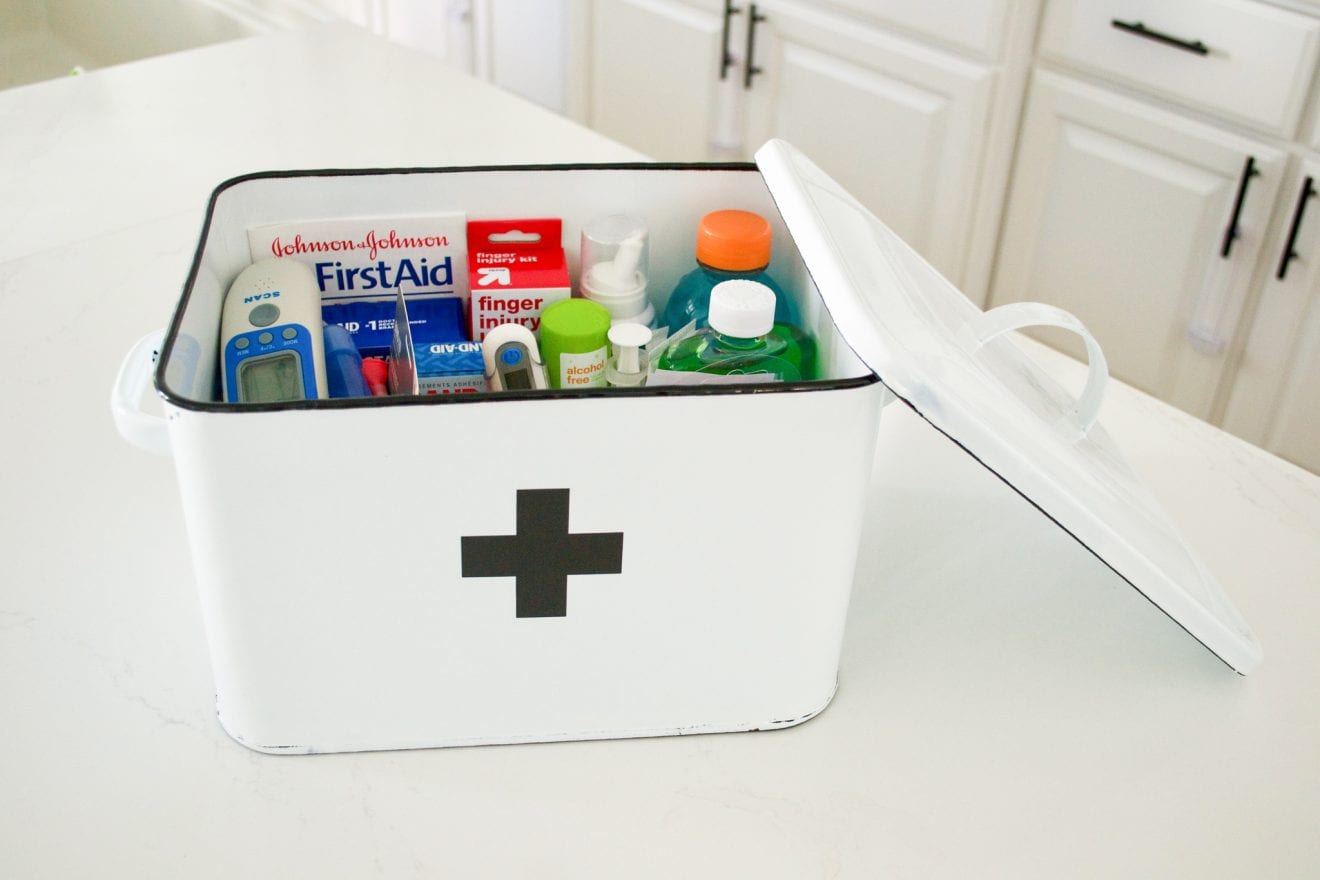
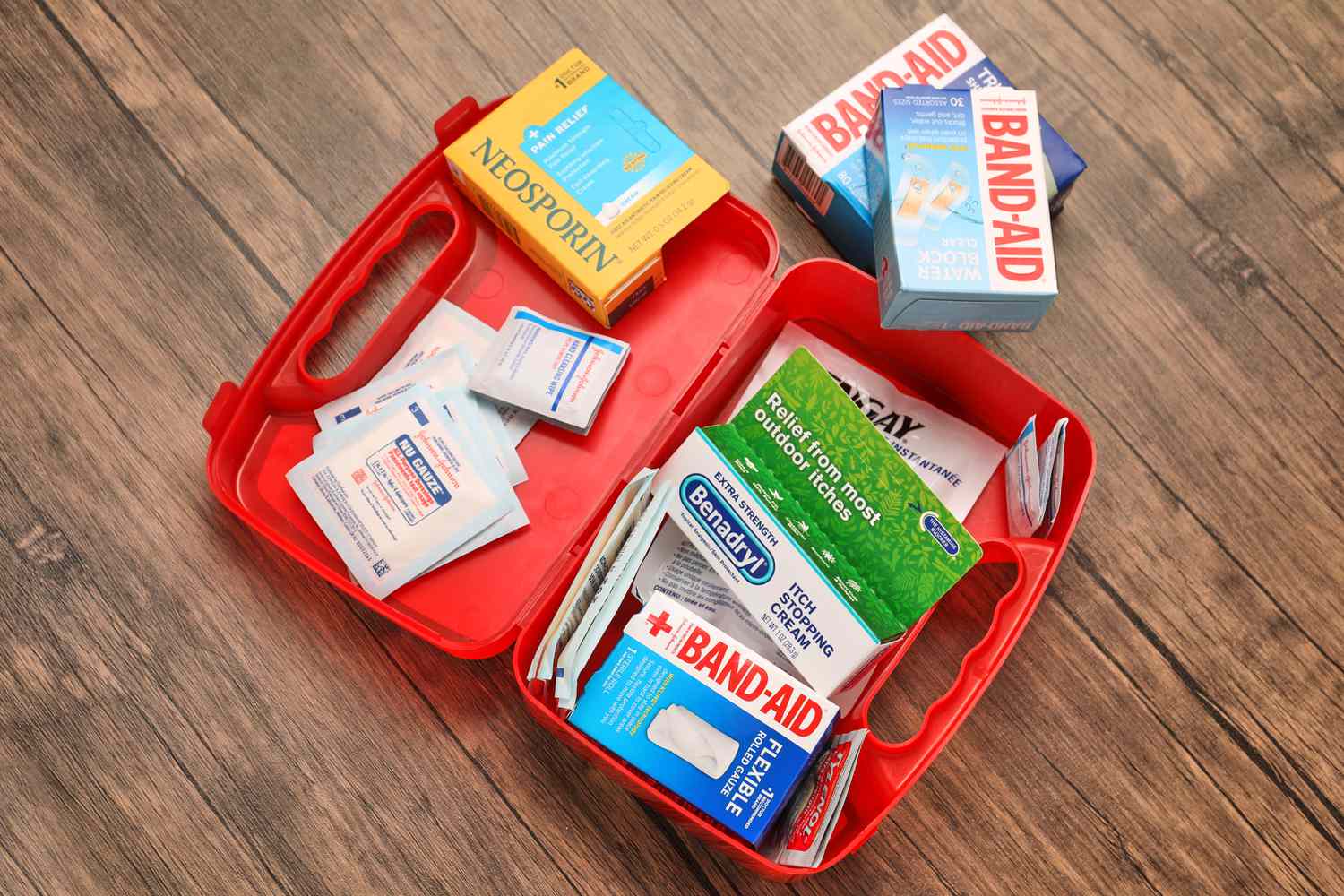
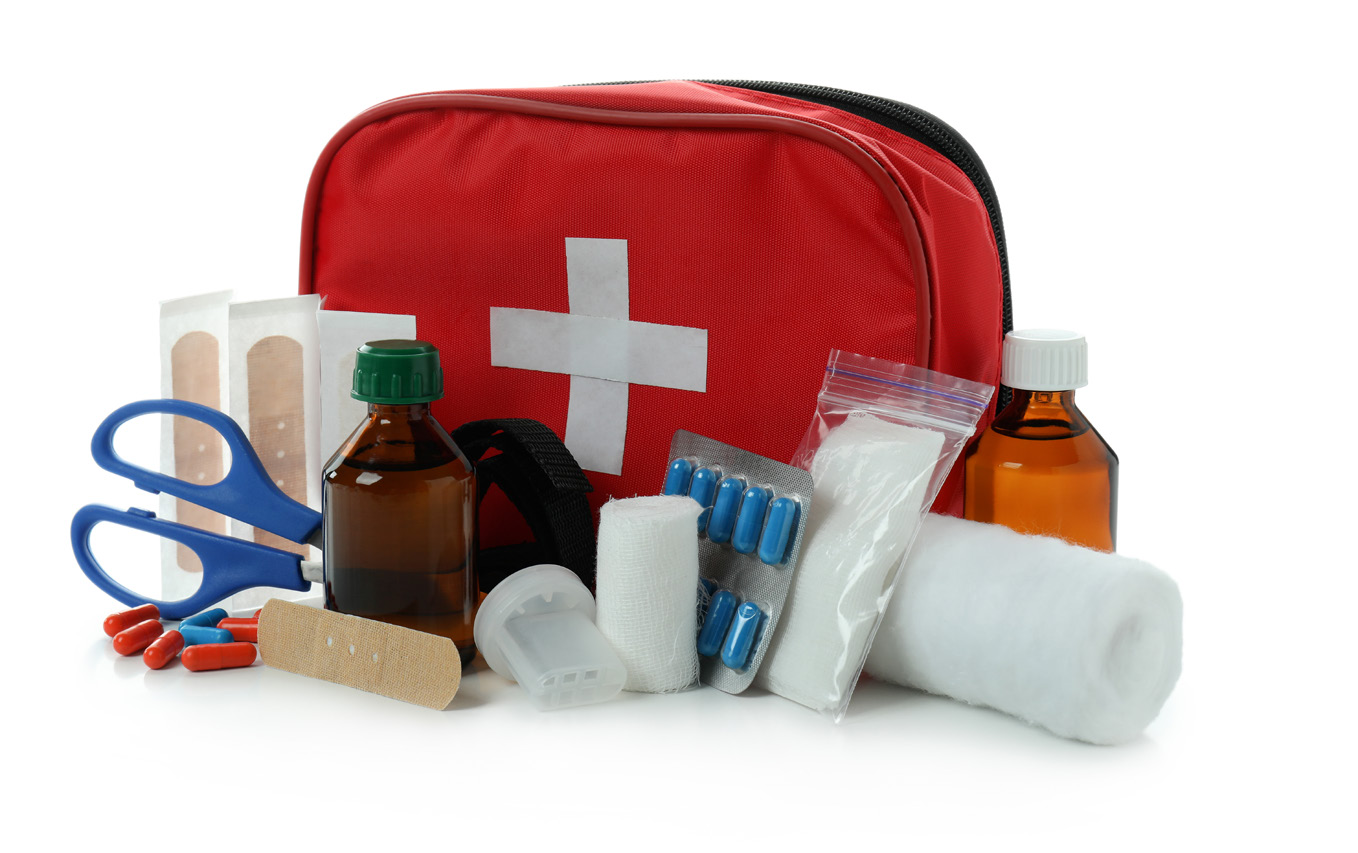
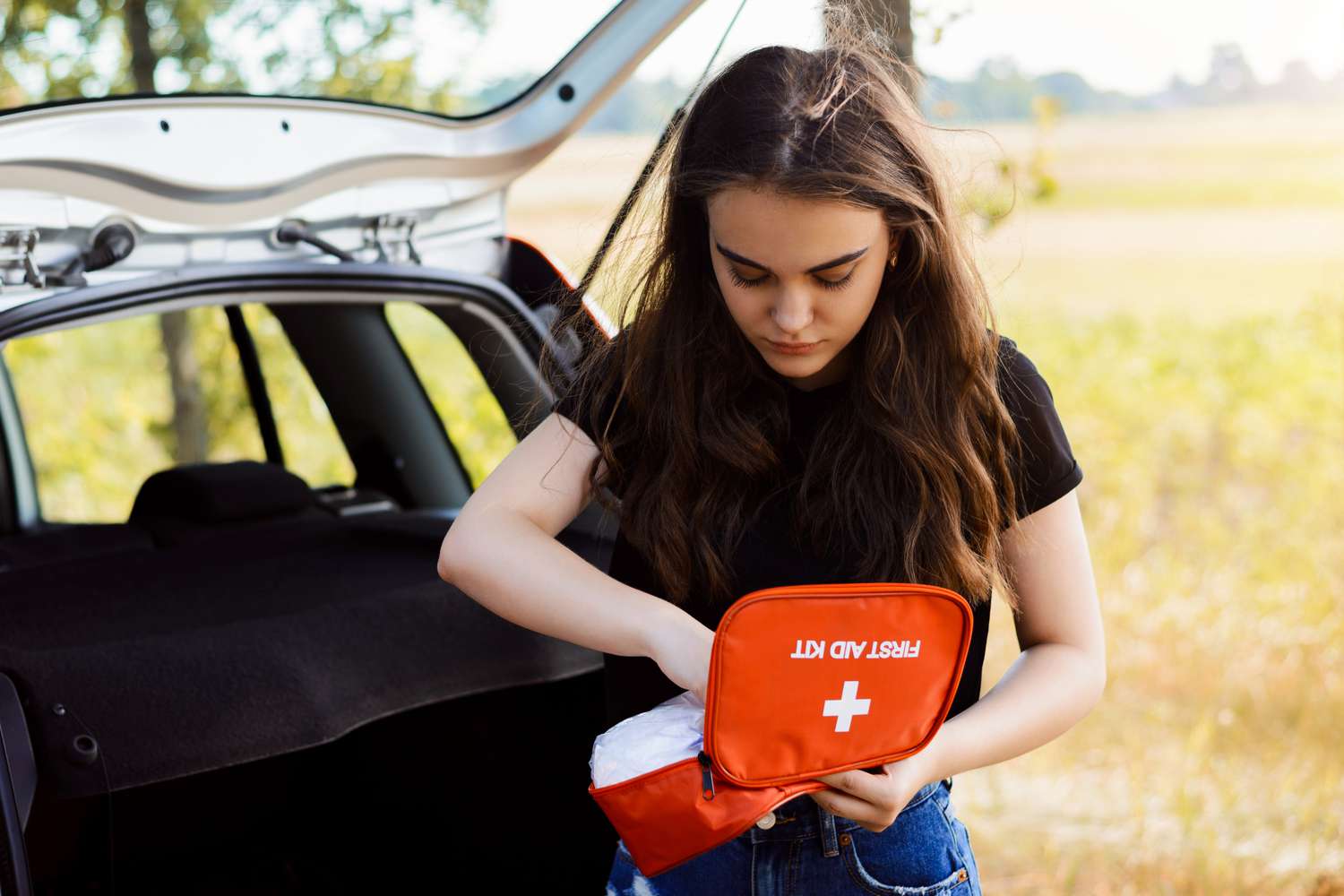

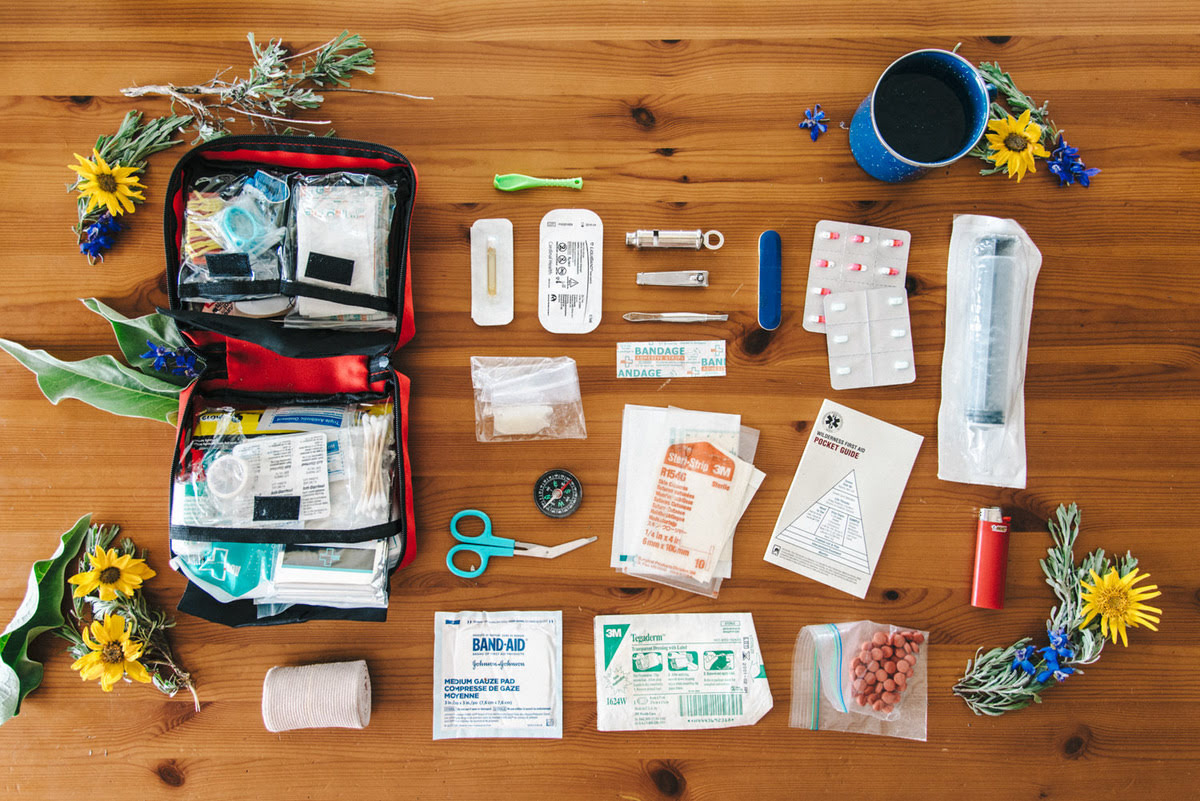
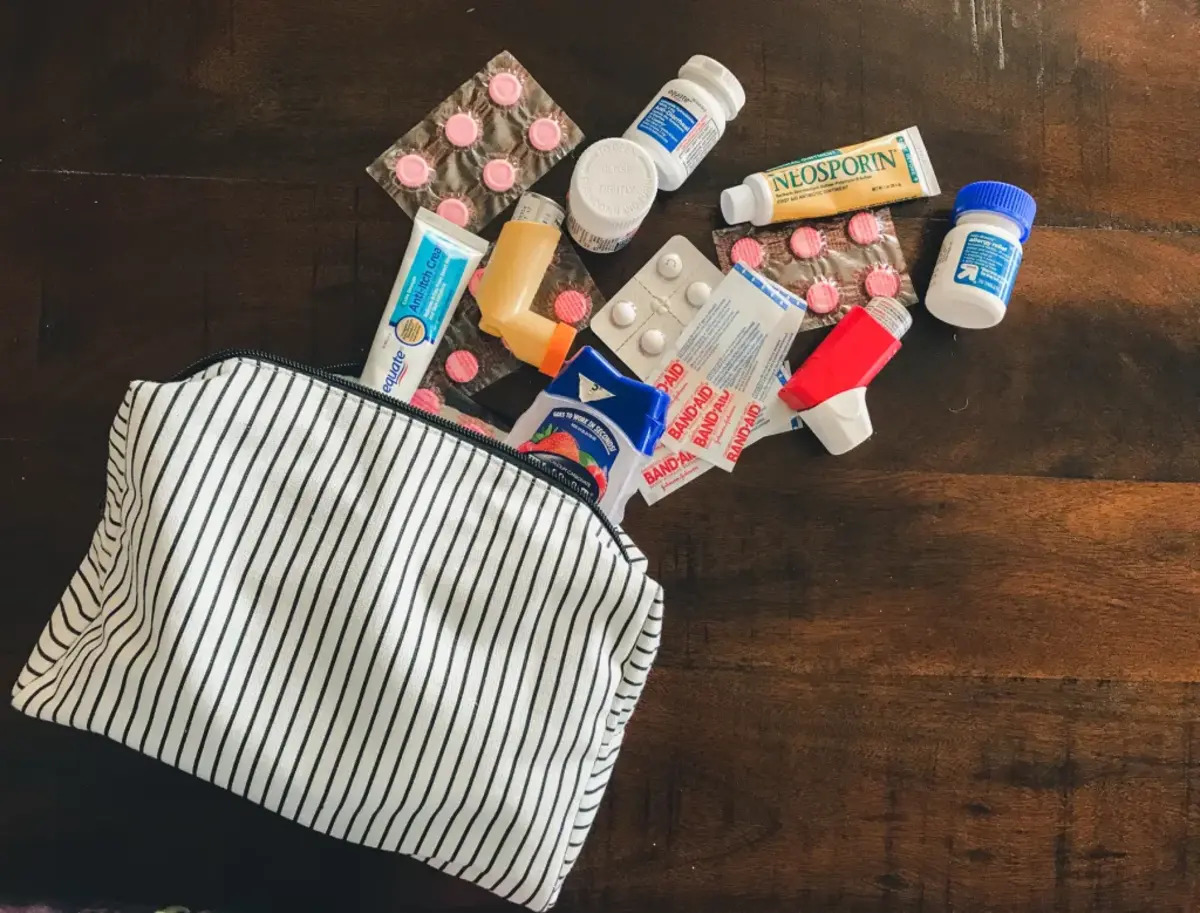
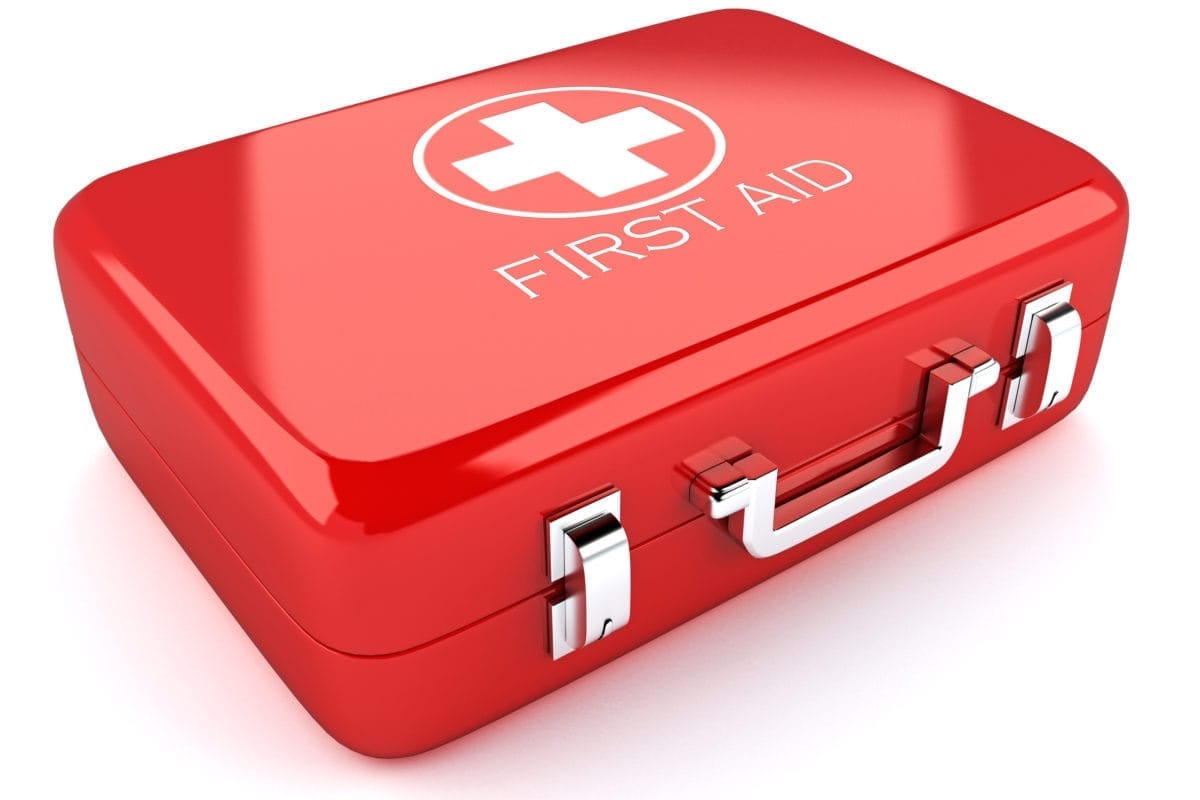

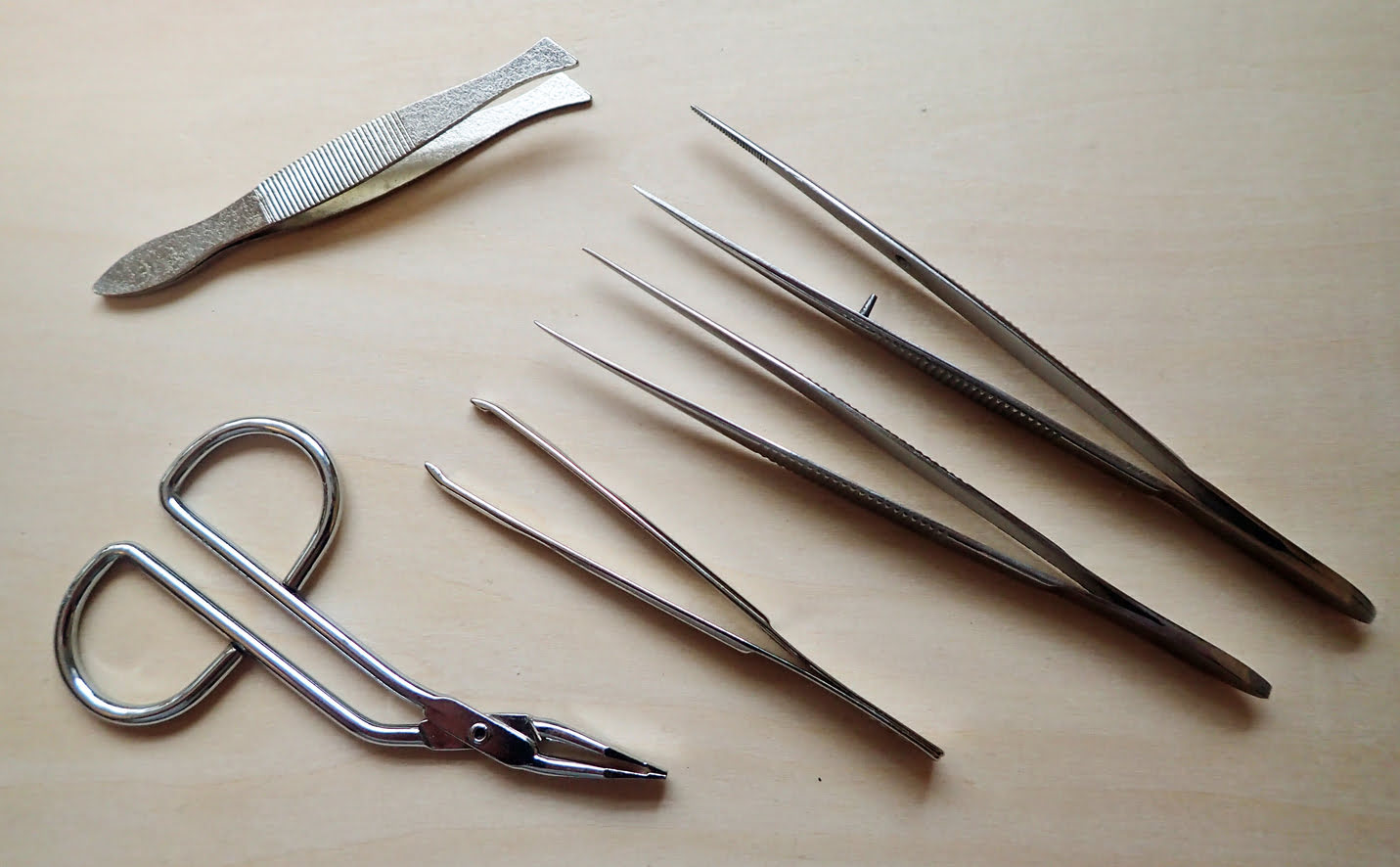
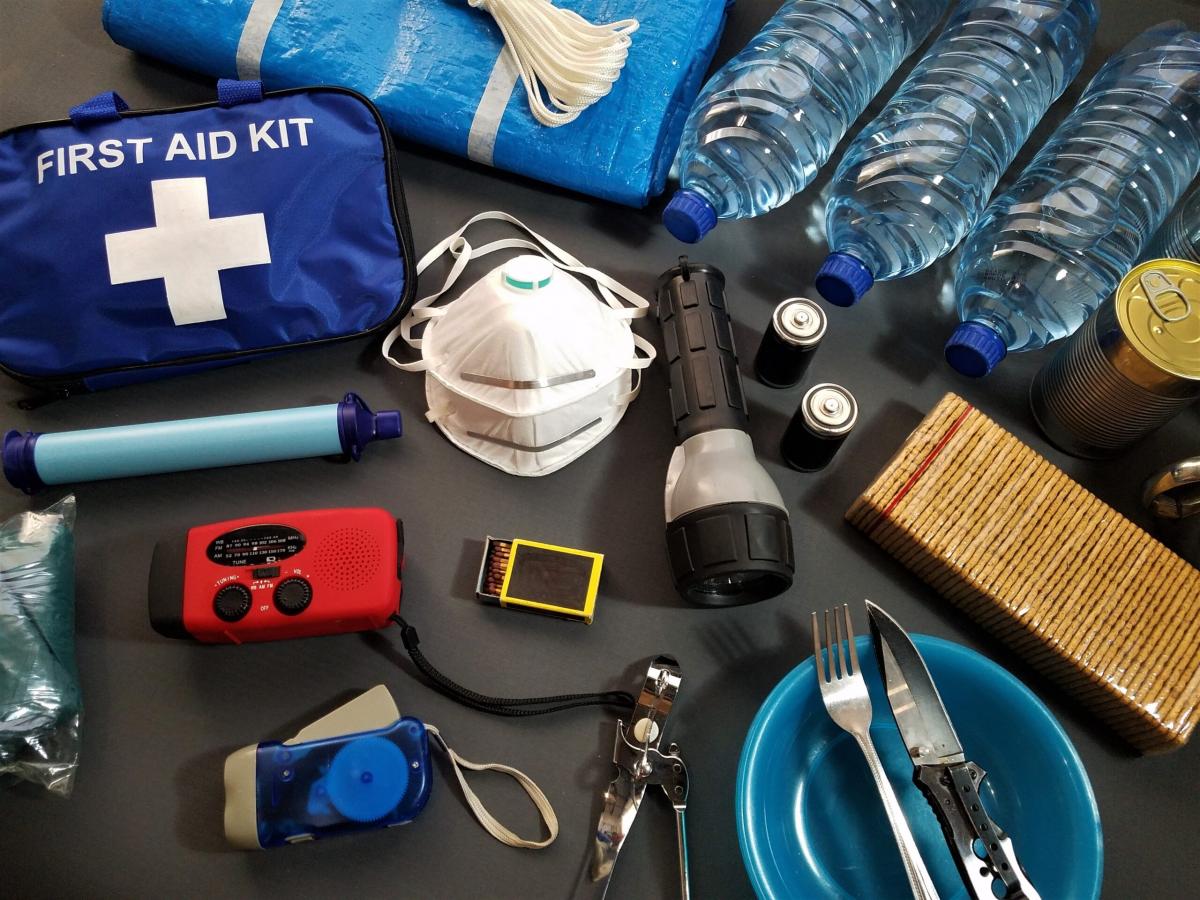
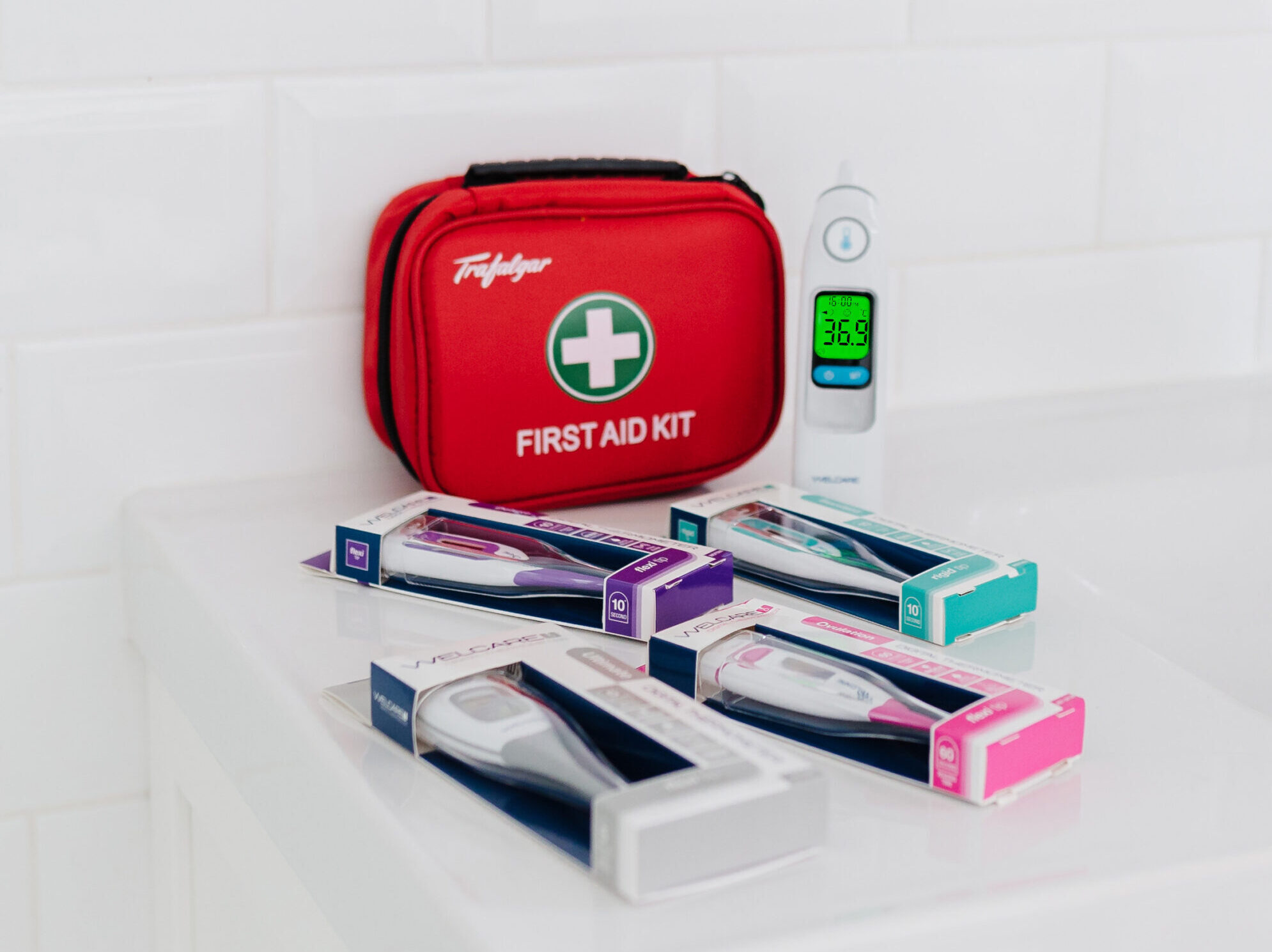
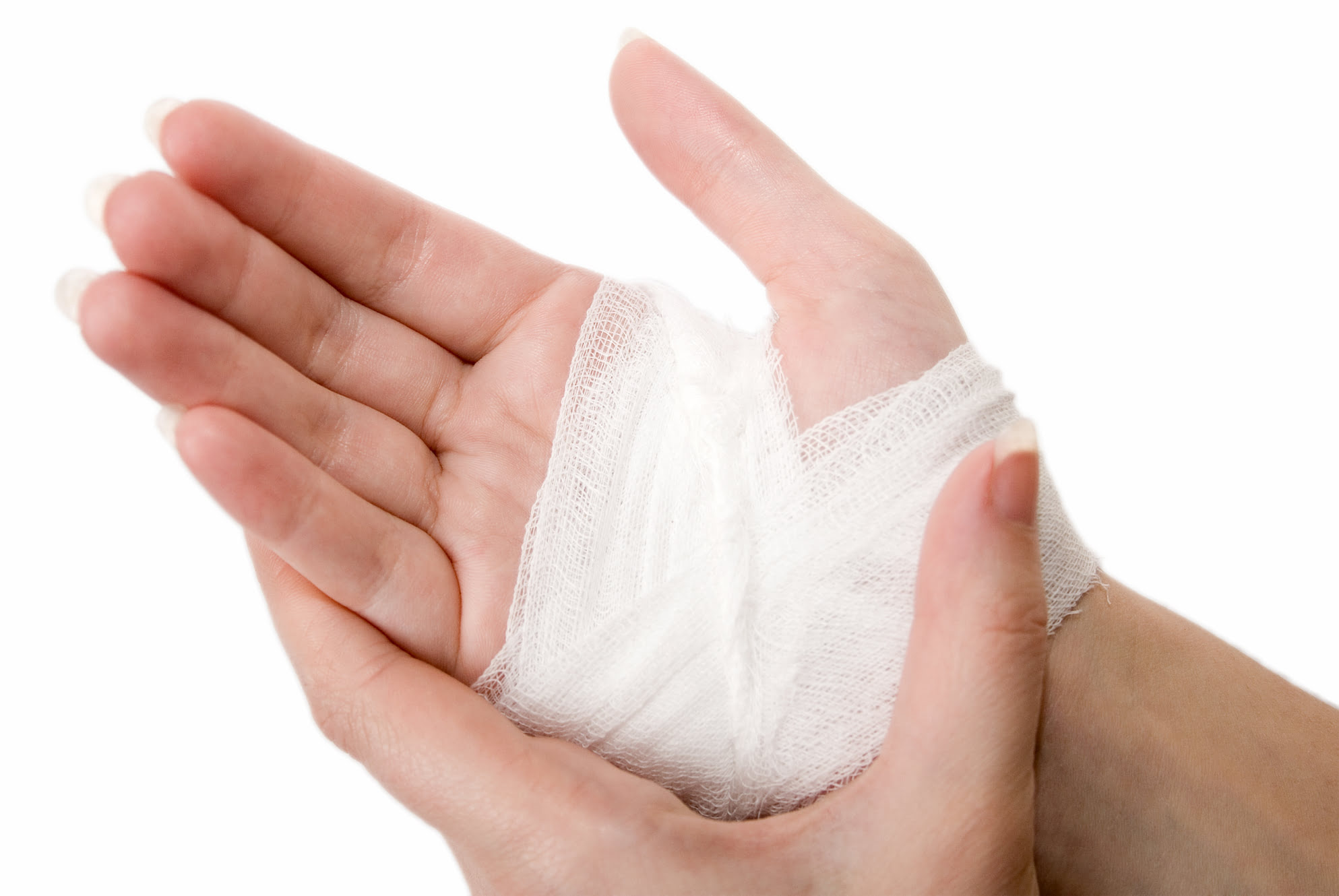

0 thoughts on “What Should Be In A Dog First Aid Kit?”